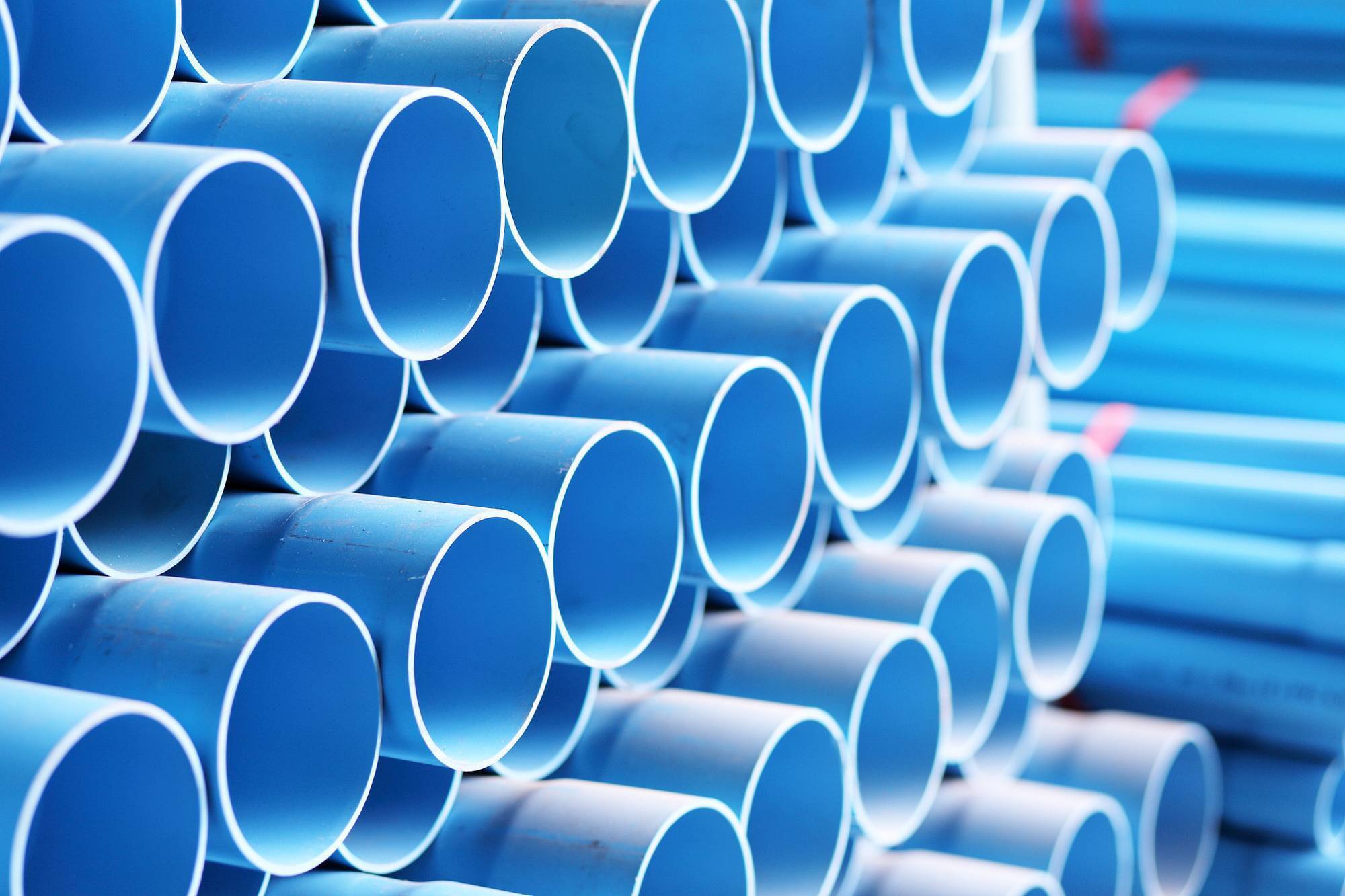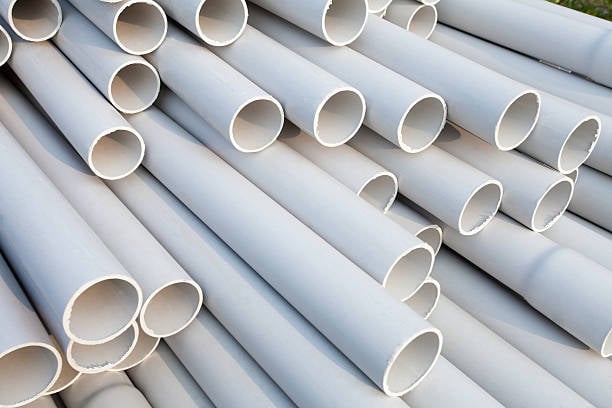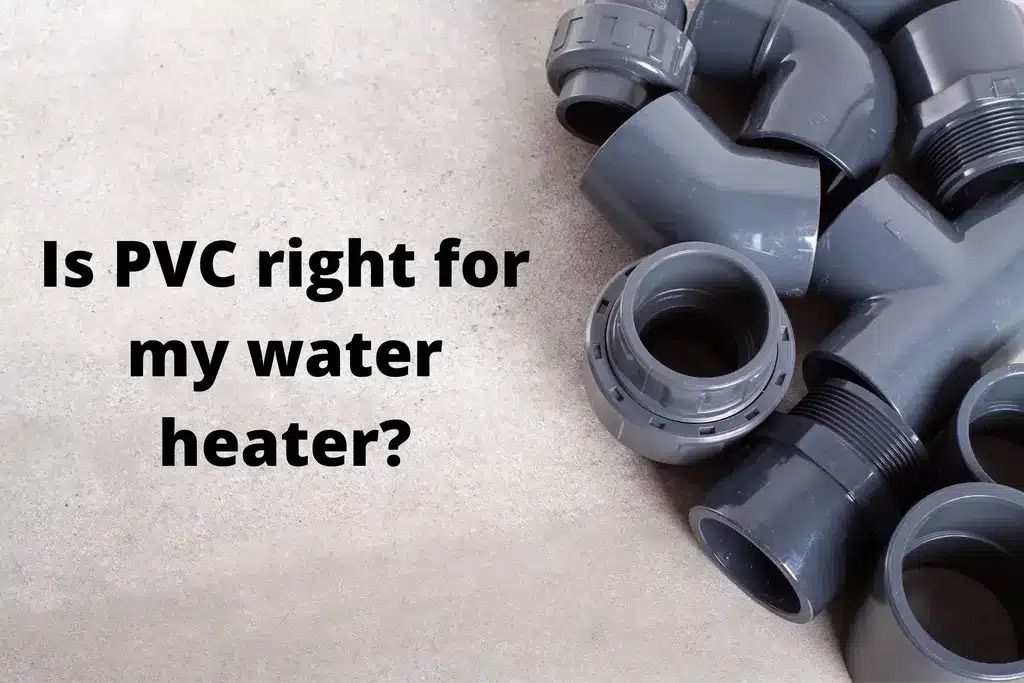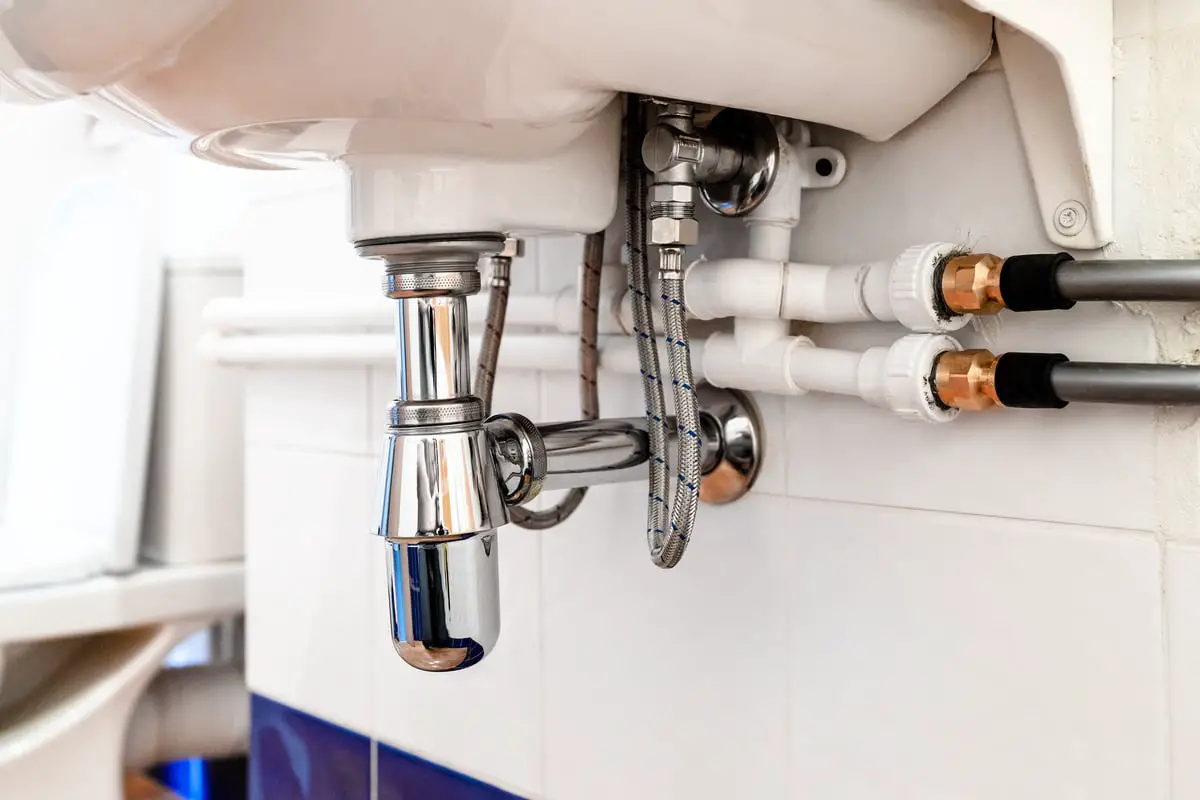Dealing with plumbing issues can be frustrating, especially with plastic pipes. Simple solutions can make a big difference.
Plastic pipes are common in modern plumbing. They are lightweight, easy to install, and resistant to corrosion. But they come with their own set of challenges. Cracks, leaks, and clogs are frequent problems. Understanding how to address these issues is crucial.
This blog will guide you through effective solutions for common plastic pipe problems. Whether you are a homeowner or a DIY enthusiast, knowing these tips can save you time and money. Learn how to keep your plumbing system in top shape with our helpful advice.
Common Plastic Pipe Problems
Plastic pipes are popular in modern plumbing due to their flexibility and cost-effectiveness. However, they are not without their issues. In this section, we will explore common problems associated with plastic pipes and how you can address them.
Leaks And Cracks
One of the most frequent issues with plastic pipes is leaks and cracks. Plastic is durable but can become brittle over time, especially if exposed to certain elements. Have you ever noticed a small puddle forming under your sink? It might be a tiny crack in the pipe. Here are some tips to manage leaks and cracks:
- Regularly inspect your pipes for any visible damage.
- Use epoxy putty for small cracks as a temporary fix.
- Replace severely damaged pipes to prevent bigger issues.
Blockages
Another common problem is blockages. This can be a real headache, especially when the water starts to back up. Plastic pipes can be prone to clogs due to their smooth inner surface which can trap debris. Here’s how you can address blockages:
- Use a plunger or a plumber’s snake to clear minor clogs.
- Enzymatic drain cleaners are safer for plastic pipes compared to chemical ones.
- Consider installing a mesh screen over drains to catch debris before it causes a blockage.
Temperature Effects
Plastic pipes can be sensitive to extreme temperature changes. They can expand and contract, leading to stress fractures or even bursts in severe cases. Here’s what you need to know:
| Temperature | Effect on Plastic Pipes |
|---|---|
| Extreme Heat | Can cause pipes to soften and deform. |
| Extreme Cold | Can make pipes brittle and prone to cracking. |
To mitigate these effects:
- Insulate pipes in areas prone to temperature extremes.
- Avoid running extremely hot water through plastic pipes.
By understanding these common issues and knowing how to address them, you can keep your plumbing system running smoothly. Remember, a little maintenance goes a long way in preventing major plumbing disasters.
Choosing The Right Materials
Choosing the right materials helps prevent leaks in plastic pipes. Use high-quality pipe fittings and seals for durability. Proper installation is crucial to avoid common plumbing issues.
Selecting the right materials for plumbing can prevent future issues. Plastic pipes have become popular due to their benefits. Yet, not all plastic pipes are the same. Understanding the types and their features can aid in making the best choice.Types Of Plastic Pipes
There are different types of plastic pipes. PVC (Polyvinyl Chloride) is common in homes. It is light and simple to install. CPVC (Chlorinated Polyvinyl Chloride) is like PVC but can handle hot water. PEX (Cross-linked Polyethylene) is flexible and often used in water supply lines. Each type serves a specific need.Material Durability
Durability is key in choosing pipes. PVC pipes resist chemicals and are long-lasting. CPVC pipes withstand higher temperatures without breaking down. PEX pipes are resistant to cracks and leaks. They can expand and contract, making them durable in different weather. Choose a pipe that meets your durability needs.Cost Considerations
Cost is another important factor. PVC pipes are the cheapest option. CPVC pipes cost more but handle hot water better. PEX pipes are the most expensive but offer flexibility and durability. Weigh the benefits against the cost. Invest in the right pipe for long-term savings.“`Proper Installation Techniques
Proper installation techniques are crucial for maintaining the integrity of plastic pipes. Following the right steps ensures a longer lifespan and prevents common plumbing issues. Let’s delve into some effective methods and practices.
Joining Methods
Joining plastic pipes properly is essential. There are different methods like solvent welding, push-fit, and compression fittings. Solvent welding uses a chemical solvent to fuse pipes. Push-fit fittings do not require any tools, making them easy to use. Compression fittings use a mechanical nut to secure the connection. Choose the method that fits your plumbing needs.
Sealants And Adhesives
Sealants and adhesives help ensure leak-proof joints. Use the right type of sealant for your plastic pipes. Some common types include silicone and polyurethane sealants. Adhesives like PVC cement are also useful. They create a strong bond between pipe joints. Apply them carefully to avoid excess glue and ensure a clean joint.
Avoiding Common Mistakes
Avoid common mistakes to ensure a durable plumbing system. Do not use excessive force when joining pipes. Over-tightening can damage the fittings. Clean pipe ends before joining to remove debris. Ensure cuts are straight and smooth. Uneven cuts can lead to weak joints. Follow these tips to prevent leaks and other issues.

Credit: www.nsf.org
Routine Maintenance Tips
Routine maintenance is crucial for ensuring the longevity of plastic pipes. With proper care, you can avoid common plumbing issues and keep your pipes in good condition. Here are some essential tips to help you maintain your plastic pipes effectively.
Regular Inspections
Conduct regular inspections to spot any signs of wear and tear. Look for cracks, leaks, or any unusual changes in your pipes. Early detection can prevent major problems and expensive repairs.
Cleaning Methods
Use gentle cleaning methods to keep your pipes clear. Avoid harsh chemicals that can damage plastic. Instead, use a mixture of vinegar and baking soda to clean your drains. This natural solution helps remove buildup without harming the pipes.
Preventing Build-up
Prevent build-up by avoiding the disposal of grease and food scraps down the drain. These substances can cause clogs and damage your pipes over time. Install strainers in your sinks to catch debris. Regularly clean these strainers to maintain proper water flow.
Repair Solutions
Plastic pipes are common in modern plumbing systems. They are lightweight and easy to install. But, they can still face issues. Repair solutions for plastic pipes are necessary. Here are some effective methods to address these problems.
Quick Fixes
Small leaks can be fixed with epoxy putty. It’s easy to apply. First, clean the pipe’s surface. Then, mold the putty and press it onto the leak. Let it cure. Your pipe will be sealed in no time.
Another quick fix is using pipe repair tape. Wrap the tape around the leak. It creates a watertight seal. This is a temporary solution. It buys time until a permanent fix is done.
Pipe Replacement
Sometimes, quick fixes aren’t enough. Damaged sections might need replacement. Cut out the damaged part of the pipe. Use a pipe cutter for a clean cut. Measure and cut a new piece of pipe. Attach it with connectors and adhesive. Ensure the connections are secure. This method restores the pipe’s integrity.
Professional Services
Complex issues require professional help. Plumbers have the right tools and expertise. They can diagnose problems accurately. Professionals also ensure repairs meet local codes. This prevents future issues. Hiring a professional might cost more. But, it ensures a lasting solution.
Preventative Measures
Preventative measures can help avoid many plumbing issues with plastic pipes. These measures ensure your pipes last longer. They also help prevent leaks and other common problems. Below are some key preventative measures to consider.
Temperature Control
Temperature control is crucial for plastic pipes. Extreme temperatures can cause pipes to expand and contract. This can lead to cracks and leaks. Use insulation around pipes to maintain a steady temperature. Avoid exposing pipes to direct sunlight or freezing conditions.
Pressure Regulation
High water pressure can damage plastic pipes. It may cause them to burst or leak. Install a pressure regulator to control water pressure. Check the pressure regularly. Adjust it to stay within safe limits. This helps protect your plumbing system.
Using Quality Components
Using quality components can make a big difference. Choose pipes and fittings from trusted brands. Ensure they meet the required standards. High-quality components are more durable. They are less likely to fail over time.
Good materials can save you money in the long run. They reduce the need for frequent repairs. Investing in quality components is a smart choice.
Environmental Considerations
Environmental considerations have become essential in managing plumbing issues with plastic pipes. These considerations help reduce waste and promote sustainability. Let’s explore some eco-friendly options, proper disposal methods, and recycling practices.
Eco-friendly Options
Choose pipes made from recyclable materials. This helps reduce environmental impact. Consider using PEX pipes. They are durable and have a lower carbon footprint. Also, look for pipes with a long lifespan. This reduces the need for frequent replacements.
Disposal Of Old Pipes
Do not dispose of old pipes in regular trash. They can harm the environment. Instead, take them to a recycling center. Many centers accept plastic pipes. This ensures they are disposed of properly. Avoid burning plastic pipes. It releases harmful chemicals into the air.
Recycling Practices
Recycling plastic pipes is crucial. It conserves resources and reduces waste. Start by cleaning the pipes. Remove any debris or contaminants. Next, sort the pipes by material type. This makes recycling easier. Finally, take them to a recycling facility. They can be repurposed into new products. Encourage others to recycle their old pipes. It makes a big difference in the environment.

Credit: www.silcotek.com
When To Call A Professional
Calling a professional can prevent major damage when plastic pipes leak or crack. Their expertise ensures proper repair and maintenance. This can save time and avoid costly future issues.
Dealing with plumbing issues in plastic pipes can be challenging. There are times when calling a professional plumber is the best choice. DIY fixes might seem tempting, but some problems require expert attention.Signs Of Serious Problems
Water pressure drops significantly. This can indicate a major issue. Persistent leaks, even after initial fixes, are also a red flag. Strange noises coming from your pipes, like banging or gurgling, can signal deeper issues. Discolored water might mean pipe damage or contamination. Foul odors from drains usually point to serious blockages.Choosing A Reputable Plumber
Research local plumbers with good reviews. Ask for recommendations from friends or family. Check if the plumber is licensed and insured. Look for plumbers who specialize in plastic pipes. Compare quotes from different plumbers to find the best deal.Cost Vs. Diy
DIY fixes can save money but risk making problems worse. Professional plumbers might seem costly but they solve issues correctly. Weigh the cost of tools and materials for DIY against a plumber’s fee. Remember, improper repairs can lead to more expensive problems later. Hiring a professional ensures peace of mind and quality work. “`
Credit: callfourseasons.com
Frequently Asked Questions
What Can I Use To Unclog Plastic Pipes?
Use a mixture of baking soda and vinegar to unclog plastic pipes. Pour boiling water afterward to clear the blockage.
What Are The Problems With Plastic Plumbing Pipes?
Plastic plumbing pipes can crack under extreme temperatures. They may leach chemicals into water, affecting taste and safety. Pipes can also degrade under UV exposure.
How Do You Fix Hard Plastic Pipes?
To fix hard plastic pipes, clean the damaged area. Apply PVC primer and cement. Connect and hold until secure. Let it dry.
What Is The Life Expectancy Of Plastic Pipes?
Plastic pipes typically last 50 to 100 years. Their durability depends on factors like material quality, installation, and environmental conditions. Regular maintenance can extend their lifespan.
Conclusion
Fixing plumbing issues with plastic pipes can be straightforward. Regular checks prevent bigger problems. Use the right tools and materials. Quick action can save money. Seek professional help for complex issues. Remember, maintenance is key. Proper care ensures longer pipe life.
Keep these tips handy for future reference. Happy plumbing!

